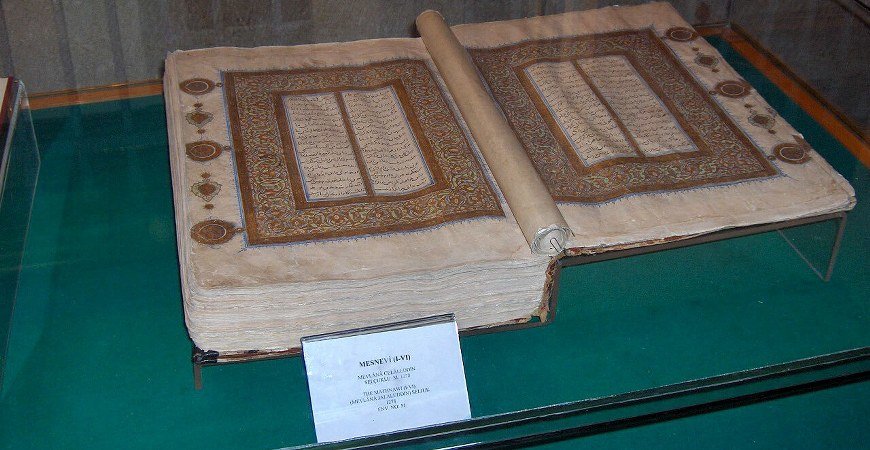
The Museums of Konya Turkey – Chapter 1
The Museums of Konya Turkey – Chapter 1,
Konya Archaeological Museum:
Archaeological finds from Konya and its surrounding region are exhibited in the Archaeological Museum which is situated to the west of the Sahipata Kulliye in Konya. In 1963 the museum moved to a new building and the objects are exhibited in the following pavilions:
1 — Pavillion of Gravestones, Sarcophagi and inscriptions : There are grave steles, sacrificial altars, and statues of lions and people from the Roman period (I-IV Centuries AD); masonry, sarcophagi, and inscriptions from the classic period; and stone objects from the Byzantine period exhibited in the museum garden and the colonnades opening onto the garden. Their place of origin is generally not known. You enter the enclosed rooms of the museum through the garden.
2 — Pavillion of the Classic Period : In this pavilion are inscriptions, statues, building stones, sarcophagi, clay, metal and glass objects etc. found in the region of Lycaonia, Konya (lconium), Bozkir (Isauria), Yalvac (Antiochian), Aksehir (Philomeleum), Eregli (Heraclea). Amber Koyu
(Sidamara), Karaman (Luanda), Ladik (Laodikeia), Hatunsaray (Lystra), and Yunuslar. Among the most important of the exhibits is a marble Roman sarcophagus decorated with bas-reliefs depicting the Twelve Labors of Hercules, which dates from the III century AD and was found in 1958 near to Yunuslar Village.
3 — Excavation Finds: In the other rooms and showcases of the museum are various clay objects, pottery, stone objects and seals, statuettes, ornaments etc. dating from the Prehistoric age and the Hittites and Phrygian periods, found at Catalhoyuk, Can Hasan, Sigma, and Karahoyuk. Konya Archaeological Museum is important for the light it throws on the pre-Seljuk periods and the art and culture of the pre-Islamic periods in Konya and the surrounding region.
Museum of Seljuk Period Stone and Wood Carving:
The Inceminare Hadis built during the Seljuk period was repaired in 1956 and turned into the Museum of Seljuk Period Stone and Wood Carving. The Inceminate Hadis was built in 1267 by the Seljuk Grand Vizier Sahip-Ata Fahreddin Ali and designed by the architect Keluk son of Abdullah. The Dar’61 Hadis has a magnificent stone portal and a brick minaret decorated with tiles, of which the part above the first balcony has been destroyed. The rooms which had been demolished were restored in recent years. In the courtyard of Inceminate are fine examples of gravestones, inscriptions, and building stones from the Seljuk and Karamanogullari periods found in Konya. In the rooms of the museum are figurative stone decorations from Konya Castle. built by the Seljuk Sultan Alaeddin Keykubad I in 1221. Among the most interesting of these are bas-reliefs depicting a two-headed eagle, a winged angel, a dragon, a harpy, a fish, an elephant and rhinoceros, lions and people. In the showcases are representational, patterned and inscribed stucco reliefs from the interior decorations of the Konya Seljuk House.
Exhibited in the exedra of Inceminare are windows and doors, lecterns etc. taken from Seljuk and Beylik period buildings in Konya, Ottoman period chests of drawers, and other wooden works of art. Of particular interest are the doors and windows from the Beyhekim Mescid (XIII century).
You can continue to find more museums and details on The Museums of Konya Turkey in Chapter 2.